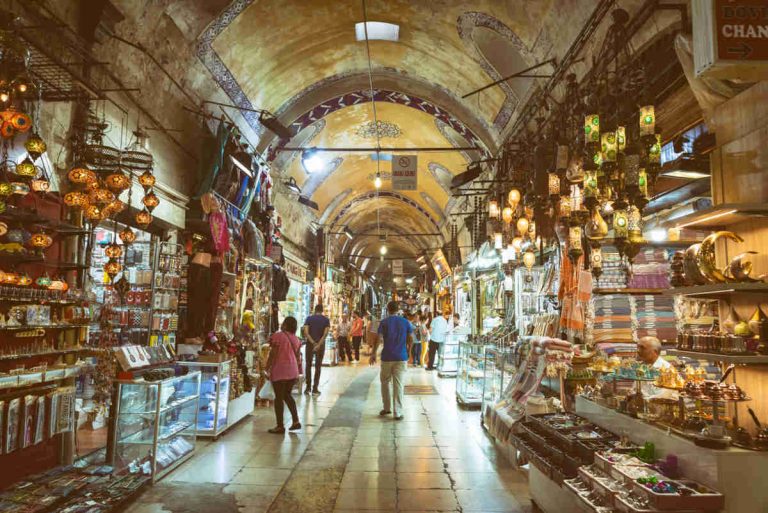History is one of the pillars that support our circuits: we take you through destinations rich in it, where numerous civilizations have lived and all of them have contributed with spectacular monuments and traditions: Greeks, Romans, Egyptians, Nabataeans, Byzantines…. But in reality, our agency can also take you to important places located temporally before, that is, in Prehistory, that vast period that goes from the first hominids to the emergence of writing (at different times, throughout the 4th millennium BC). In this post, we give you some examples of what you can discover with us.
Turkey, a privileged territory of prehistory
The Anatolian peninsula occupied a central place in prehistoric times, being the natural passage between Africa, Asia and Europe, as well as being very close to Mesopotamia, the most developed region in the world several millennia before our era.
That is why here there are authentic landmarks of prehistory, and more specifically of the Neolithic. One of them is the sanctuary of Göbekli Tepe, dated to the middle of the 10th millennium B.C., and abandoned at the end of the 9th millennium B.C. It is located in the province of Sanliurfa and even today it is an enigma for archaeologists to know why and how such an imposing enclosure was built for the population of that time, with a megalithic architecture, with pillars up to 3 meters high. For many, it can be considered the ‘first sanctuary’ of humanity, where the awareness of ‘the divine’ is clearly expressed.
Çatalhöyuk , in this case the first city, can also be considered the first of its kind. Located near Konya, it is believed to have arisen around 6500 BC. It extended over 13 hectares and may have had 10,000 inhabitants, according to some estimates. Its site can be visited and some of the most interesting pieces are in the Museum of Anatolian Civilizations in Ankara, such as its famous Seated Woman.
Jordan and its iconic statues of Ain Ghazal
Jordan is another country that hosts important prehistoric sites, from which come archaeological pieces of the first order. This is the case with the famous statuettes of Ain Ghazal. So called because they were found in the site of the same name, on the outskirts of Amman, their importance lies in their extraordinary antiquity: around the 8th millennium BC, which makes them one of the earliest sculptural representations of the human figure.
You can see them in the Museum of Jordan, being one of its main attractions. There you will also appreciate its original composition, in limestone on reed canes, and you will be enchanted by its profiled eyes and slender neck.
Egypt before the Pharaohs
The first dynasties of pharaohs can already be framed in history (Dynasty I dates back to 3100 BC, approx.), but until that period in the Nile basin developed Neolithic societies that are also worth knowing, with interesting testimonies such as the predynastic ceramics of Naqada.
Also very interesting are the petroglyphs of Gilf Kebir, in the heart of the Western Desert, between Libya and Egypt. Despite its remote location, or precisely because of it, it is exciting to contemplate the rock art immortalized here, around 12,000 BC, at the end of the last Ice Age, when the Sahara was a lush garden with abundant water. Not surprisingly, its most famous site is the Cave of Swimmers.
These are just some samples of how much you can learn about prehistory in our destinations. If you have an idea about it or you dream of visiting a site or museum related to it, do not hesitate to tell us, because we elaborate tailor-made trips.



